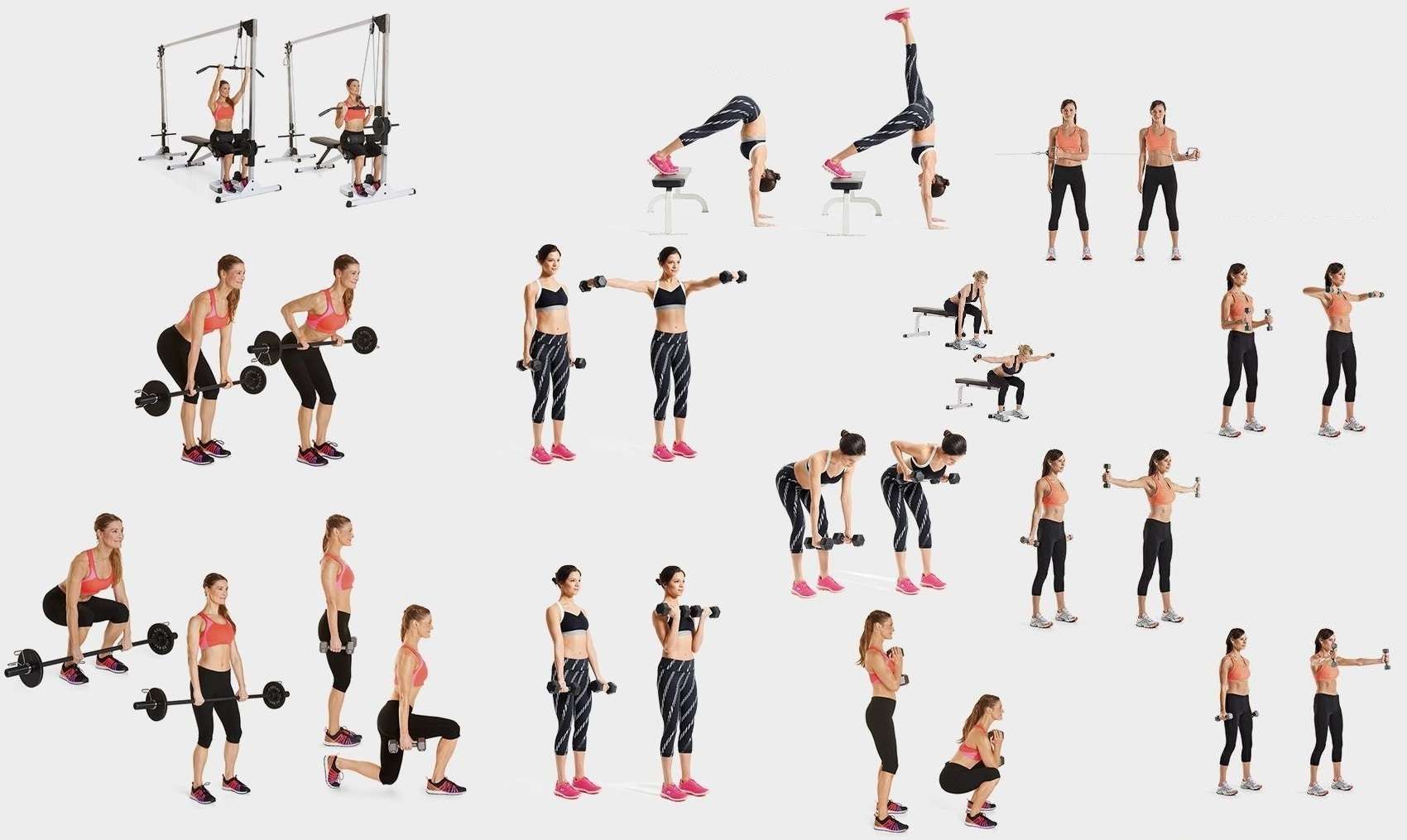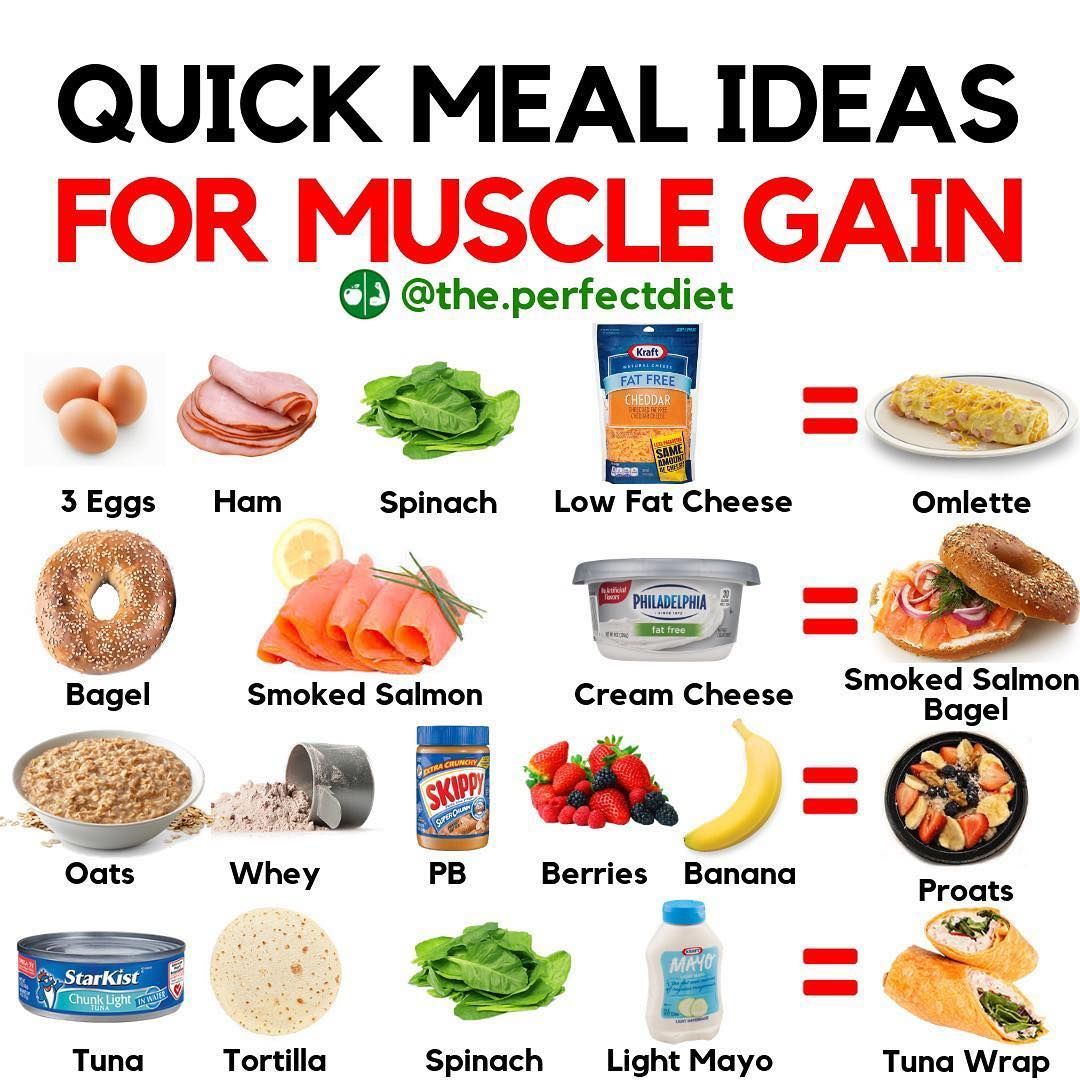
Strength Training Myths: Debunking Common Misconceptions
admin
- 0
Strength training is often misunderstood and surrounded by various myths and misconceptions. These misconceptions can deter people from incorporating strength training into their fitness routines, thus preventing them from harnessing the many benefits that come with it. In this article, we aim to debunk some of the most common strength training myths and provide you with accurate information to help you make informed decisions about your fitness journey.
Myth #1: Strength Training Will Make You Bulky
One of the most prevalent myths is that strength training will make you bulky, particularly among women. However, this couldn’t be further from the truth. The notion that lifting weights will automatically result in large, muscular bodies is a misconception fueled by images of professional bodybuilders.
The reality is that gaining significant muscle mass requires a specific type of training, diet, and often the use of performance-enhancing substances. The average person, especially women, does not have the genetic predisposition to develop an overly muscular physique naturally.
In fact, strength training assists in toning and shaping the body by increasing lean muscle mass while simultaneously reducing body fat. It helps create a lean and defined physique, rather than a bulky one.
Myth #2: Strength Training is Only for Young People
Another common misconception is that strength training is only beneficial for young individuals. Many believe that older adults should steer clear of strength training due to the risk of injury or the assumption that it may be too strenuous for their bodies.
On the contrary, strength training is immensely beneficial for individuals of all ages. As we age, we naturally lose muscle mass and strength, leading to a decline in overall physical function. Strength training helps counteract this process by improving muscle strength, bone density, and joint stability. It enhances mobility, balance, and overall quality of life.
Of course, older adults should approach strength training with caution and seek guidance from professionals to ensure proper form and intensity suitable for their individual needs and capabilities. With the right approach, strength training can be safe, effective, and highly beneficial for seniors.
Myth #3: Cardio is Enough for Weight Loss
A prevailing misconception among those aiming to lose weight is that cardio exercises alone are enough to shed unwanted pounds. While cardiovascular exercises play a crucial role in burning calories, strength training is equally vital for weight loss.
Strength training increases lean muscle mass, which, in turn, boosts your metabolism. Muscle is metabolically active tissue, meaning it requires more energy to sustain than fat. By incorporating strength training into your routine, you can increase your resting metabolic rate and burn more calories throughout the day, even at rest.
Additionally, strength training helps preserve muscle mass while losing weight. This is particularly essential as loss of muscle mass often accompanies weight loss through cardio alone. Preserving muscle mass aids in maintaining a toned appearance and preventing the “skinny-fat” look.
Myth #4: You Have to Lift Heavy Weights to See Results
Some individuals believe that lifting heavy weights is the only way to achieve results in strength training. However, this notion is far from accurate. While lifting heavy weights can contribute to muscle strength and hypertrophy, it is not the sole path to progress.
Strength training encompasses various techniques and approaches, including bodyweight exercises, resistance bands, and lighter weights with higher repetitions. Different training modalities target different muscle fibers, providing a well-rounded workout and promoting muscle endurance and overall functional strength.
The key to seeing results in strength training lies in progressive overload, which involves gradually increasing the demands placed on your muscles over time. This can be achieved through increasing resistance, volume, or intensity, regardless of the weights being used.
Myth #5: Strength Training is Only for Athletes
There is a common misconception that strength training is only necessary for athletes or individuals looking to excel in specific sports. However, strength training provides benefits that extend far beyond athletic performance.
Regular strength training improves overall physical fitness, increases bone density, enhances joint stability, and helps prevent injury in day-to-day activities. It aids in improving posture, boosting metabolism, and promoting healthy aging. Everyone can benefit from incorporating strength training into their routine, regardless of their fitness goals.
Conclusion
It is important to dispel the myths surrounding strength training to ensure individuals have accurate information about its benefits and suitability for people of all ages and fitness levels. Strength training does not make you bulky; instead, it enhances body composition and helps achieve a lean and defined physique. It is equally essential for older adults as it is for young individuals, promoting strength, mobility, and overall well-being. When combined with cardio exercises, strength training is a highly effective tool for weight loss. And remember, the results in strength training are not solely dependent on heavy weights, but on progressive overload and varied training techniques. Strength training is not limited to athletes but offers a range of benefits for individuals looking to improve their overall fitness and quality of life.

